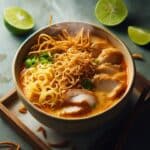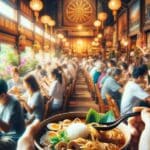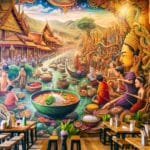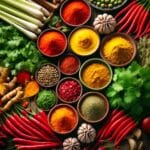The Role of Khao Soi Gai in Festivals and Celebrations
Table of Contents
ToggleKey Takeaways
| Aspect | Details |
|---|---|
| Cultural Significance | An integral part of Northern Thai festivals and celebrations. |
| Symbolism | Represents prosperity, unity, and joy. |
| Key Festivals | Songkran, Loy Krathong, and local temple fairs. |
| Preparation | Often a communal activity, highlighting family and community bonds. |
| Variations | Seasonal and regional variations enhance its diversity. |
Introduction
Khao Soi Gai is more than just a dish. It is a cultural emblem, a symbol of tradition, and a key player in the vibrant festivals and celebrations of Northern Thailand.
This article explores the significance of Khao Soi Gai in these cultural events, illustrating its role in bringing communities together and preserving heritage.
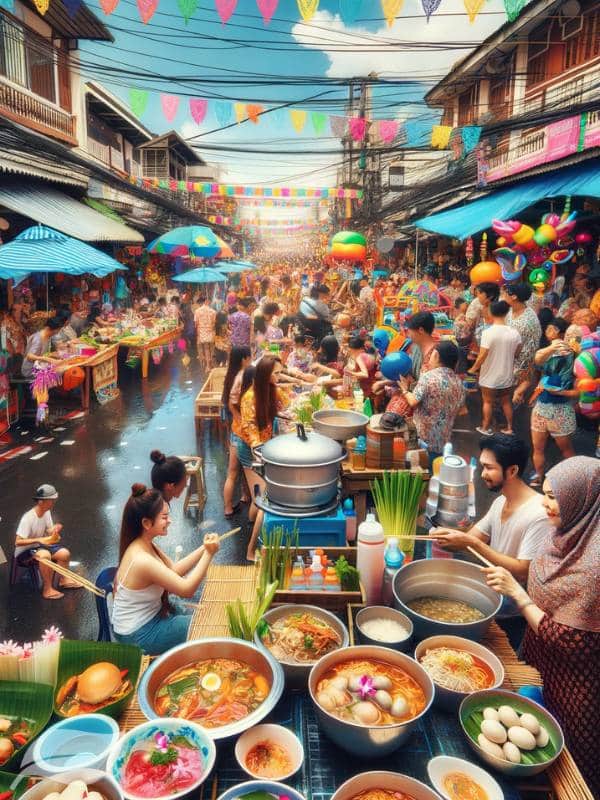
The Cultural Significance of Khao Soi Gai
Khao Soi Gai, a classic Thai coconut curry noodle dish, holds a special place in the hearts of Northern Thai people.
It is not just a meal but a representation of Northern Thailand’s cultural significance. This dish often takes center stage during important celebrations and festivals.
Symbolism in Festivals
Khao Soi Gai symbolizes prosperity, unity, and joy during festivals like Songkran and Loy Krathong.
It is a dish that brings people together, much like the celebrations.
This meal’s communal preparation and enjoyment highlight the importance of family and community bonds.
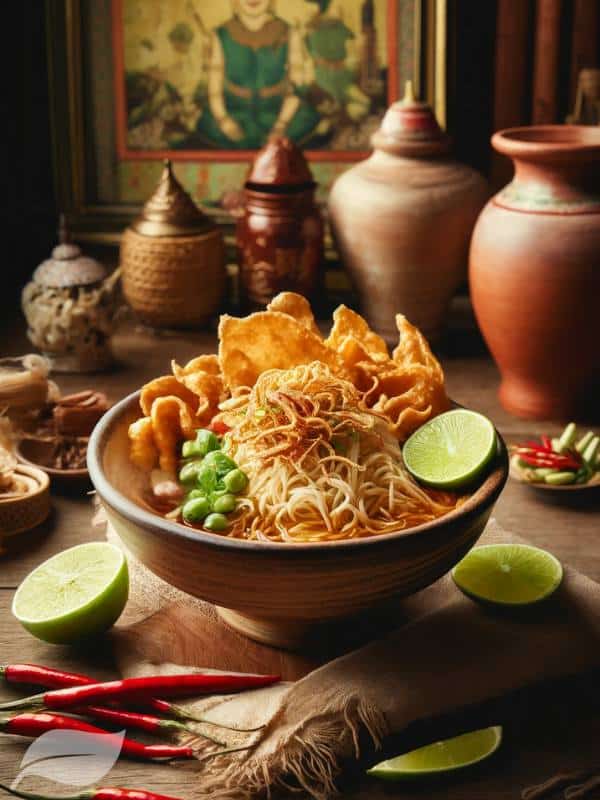
Key Festivals Featuring Khao Soi Gai
- Songkran: Known as the Thai New Year, Songkran is celebrated with water fights and traditional feasts. Khao Soi Gai is a staple during these festivities.
- Loy Krathong: This festival of lights involves floating lanterns and, of course, indulging in delicious dishes like Khao Soi Gai.
- Local Temple Fairs: These fairs are incomplete without Khao Soi Gai, where it is often served to visitors as a gesture of hospitality.
Communal Preparation and Celebration
Preparing Khao Soi Gai is often a communal activity. Families gather to cook, share stories, and pass down recipes from one generation to the next.
This practice reinforces community ties and ensures the preservation of culinary traditions.
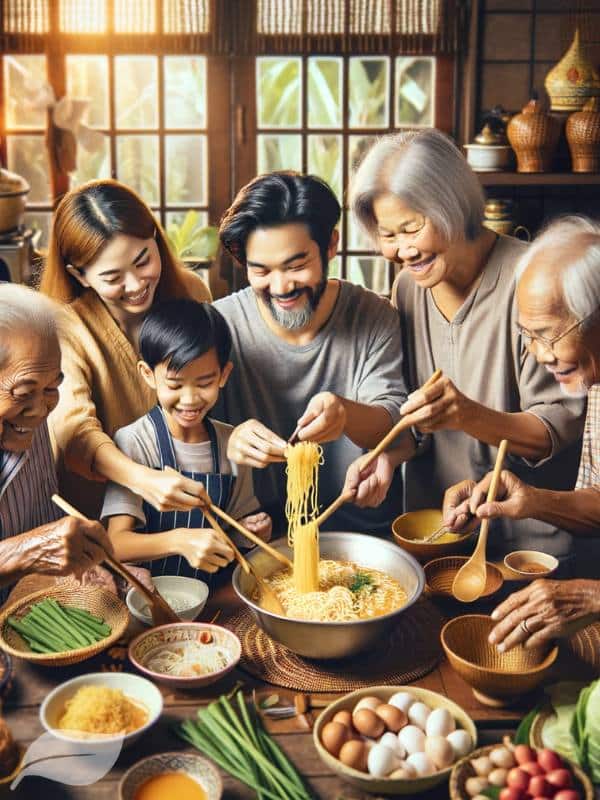
Seasonal and Regional Variations
Khao Soi Gai is not a monolithic dish. It varies seasonally and regionally, adding to its rich tapestry.
For instance, some regions might add specific local ingredients to their Khao Soi Gai during certain times of the year.
Impact on Local Economy and Tourism
The popularity of Khao Soi Gai during festivals also boosts the local economy. Street vendors and local restaurants see a surge in demand.
Additionally, it attracts culinary tourists eager to experience authentic Northern Thai cuisine.
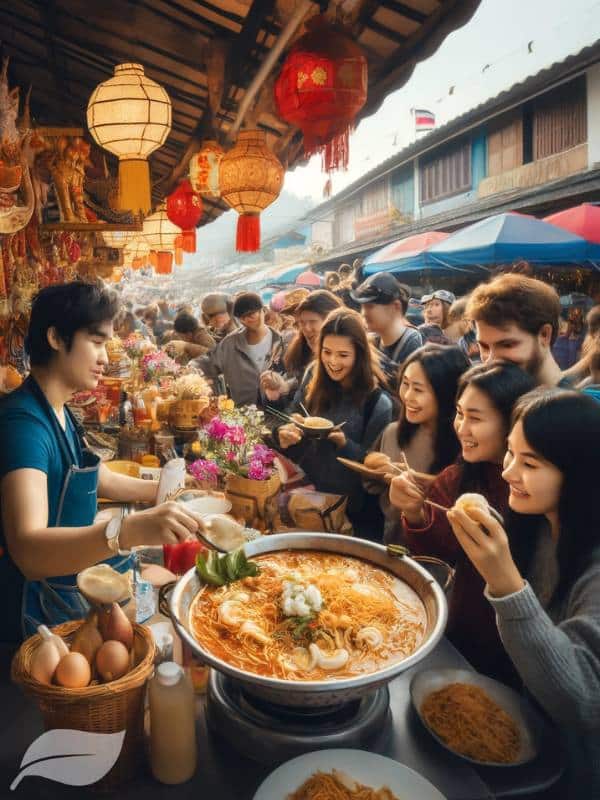
Culinary Tourism
Culinary tourism is a significant draw for many visitors to Northern Thailand.
They experience the cultural significance of dishes like Khao Soi Gai firsthand.
This not only promotes local culture but also supports local businesses.
Health Aspects and Modern Perceptions
While traditional, Khao Soi Gai is also appreciated for its health aspects.
The dish can be tailored to suit various dietary needs, making it popular among health-conscious eaters.
Modern Takes and Misconceptions
Despite its deep roots, Khao Soi Gai has evolved.
Modern chefs around the world have incorporated it into their menus, leading to various interpretations.
However, there are also common misconceptions about this dish that need to be addressed.
Conclusion
Khao Soi Gai is more than just food; it is a cultural icon that plays a vital role in Northern Thailand’s festivals and celebrations.
Its ability to unite people, symbolize joy and prosperity, and support local economies underscores its importance.
Whether you’re enjoying it during Songkran or at a local temple fair, Khao Soi Gai remains a delicious and significant part of Thai culture.
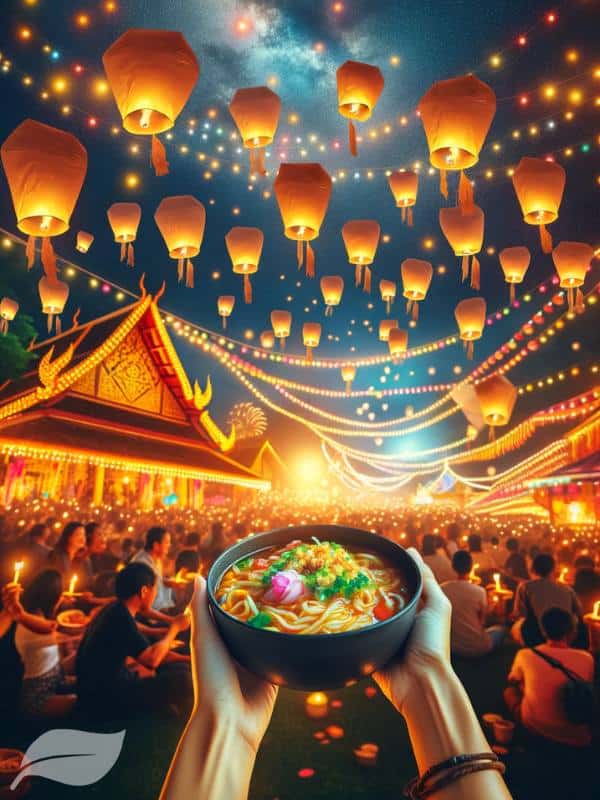
FAQs
- What is the main ingredient in Khao Soi Gai?
- The main ingredients include chicken, coconut milk, curry paste, and egg noodles.
- How is Khao Soi Gai traditionally served?
- It is served with various garnishes and toppings like pickled mustard greens, lime, and shallots.
- What festivals feature Khao Soi Gai?
- Festivals like Songkran and Loy Krathong prominently feature this dish.
- Is Khao Soi Gai healthy?
- Yes, it can be tailored to be quite healthy, depending on the ingredients used.
- What makes Khao Soi Gai unique?
- Its combination of creamy coconut curry and crispy egg noodles makes it unique.
- Can I find Khao Soi Gai outside of Thailand?
- Yes, many Thai restaurants worldwide serve Khao Soi Gai.
- Are there variations of Khao Soi Gai?
- Yes, there are many seasonal and regional variations.
- How has Khao Soi Gai impacted local agriculture?
- It supports local agricultural practices by utilizing locally sourced ingredients.
- Is Khao Soi Gai popular among tourists?
- Yes, it is a significant attraction for culinary tourists.
- What are the key cultural aspects of Khao Soi Gai?
- It represents unity, prosperity, and joy during festivals.

